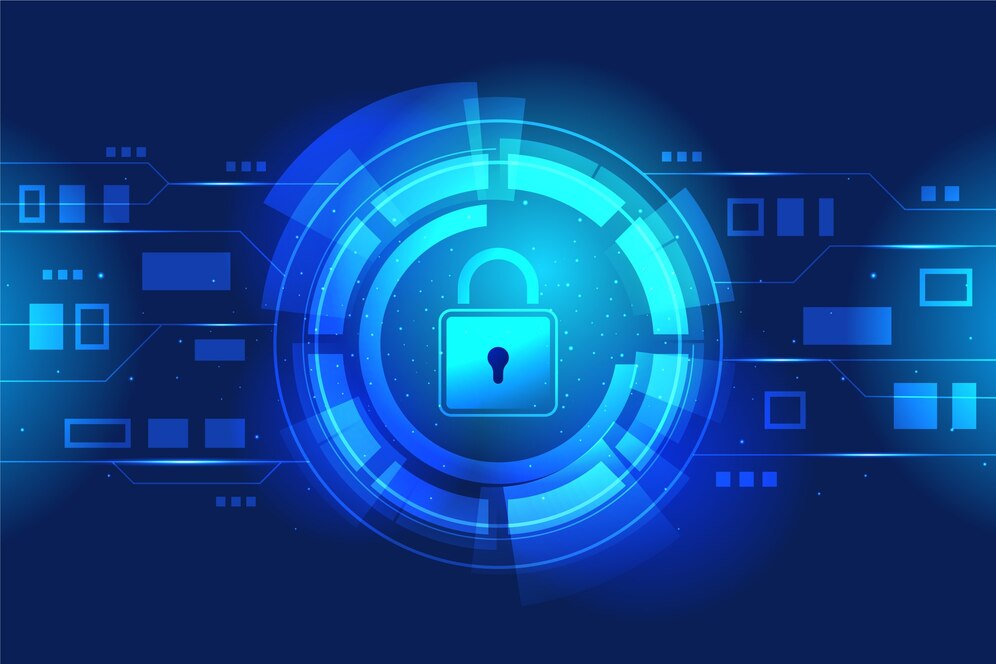
Introduction
In today’s interconnected world, cyber security has become a critical concern for individuals, businesses, and governments alike. With the increasing frequency and sophistication of cyber threats, it’s essential to have a comprehensive understanding of the cyber security landscape. This includes following a well-structured cyber security roadmap, staying updated with the latest cyber security trends, and adhering to practical cyber safety tips. This guide aims to provide a detailed overview of these aspects, ensuring that you are well-equipped to navigate the digital realm securely.
Cyber Security Roadmap
A cyber security roadmap is a strategic plan that outlines the necessary steps and measures to protect an organization’s digital assets and information systems. It serves as a guide to implement robust security practices, ensuring resilience against cyber threats. Here are the key components of an effective cyber security roadmap:
Risk Assessment and Management
Begin with a thorough assessment of potential risks and vulnerabilities within your digital infrastructure. Identify critical assets, potential threats, and the likelihood of their occurrence. Develop a risk management strategy to mitigate these risks, prioritizing based on their impact.
Security Policies and Procedures
Establish comprehensive security policies and procedures that govern the use of digital assets. These policies should include guidelines for data protection, access control, incident response, and employee conduct. Ensure that all employees are aware of and adhere to these policies.
Employee Training and Awareness
Human error is a significant factor in many cyber incidents. Conduct regular training sessions to educate employees about cyber security best practices, phishing attacks, password management, and safe browsing habits. Creating a culture of security awareness is crucial for minimizing risks.
Implementation of Security Technologies
Invest in advanced security technologies to protect your network, systems, and data. This includes firewalls, intrusion detection systems (IDS), encryption, multi-factor authentication (MFA), and endpoint protection. Regularly update and patch these technologies to address emerging threats.
Incident Response and Recovery
Develop a robust incident response plan to address potential security breaches. This plan should include steps for detecting, containing, and mitigating the impact of a cyber attack. Additionally, establish a recovery plan to restore normal operations and data integrity after an incident.
Continuous Monitoring and Improvement
Cyber security is an ongoing process that requires continuous monitoring and improvement. Regularly review and update your security measures, conduct vulnerability assessments, and perform penetration testing to identify and address weaknesses.
Cyber Security Trends
Staying updated with the latest cyber security trends is crucial for anticipating and countering evolving threats. Here are some key trends shaping the cyber security landscape:
Cyber Safety Tips
Adhering to practical cyber safety tips is essential for individuals and organizations to protect themselves from cyber threats. Here are some key tips to enhance your cyber safety:
Use Strong Passwords
Create complex passwords that include a combination of letters, numbers, and special characters. Avoid using easily guessable information, and use a different password for each account. Consider using a password manager to securely store and manage your passwords.
Enable Multi-Factor Authentication (MFA)
MFA adds an extra layer of security by requiring multiple forms of verification before granting access. Enable MFA on all accounts that support it to reduce the risk of unauthorized access.
Be Cautious with Email and Links
Be wary of unsolicited emails, especially those that contain links or attachments. Phishing attacks often use deceptive emails to trick users into revealing sensitive information or downloading malware. Verify the sender’s authenticity before clicking on links or opening attachments.
Keep Software Updated
Regularly update your operating system, software applications, and security tools to protect against known vulnerabilities. Enable automatic updates whenever possible to ensure timely patching of security flaws.
Secure Your Wi-Fi Network
Protect your home or office Wi-Fi network by using a strong password and enabling WPA3 encryption. Avoid using default passwords for your router, and regularly check for firmware updates.
Backup Your Data
Regularly back up your important data to an external hard drive or a secure cloud service. Moreover, in case of a cyber attack or data loss, having a backup ensures that you can quickly restore your information.
Use Antivirus and Anti-Malware Software
Install reputable antivirus and anti-malware software on your devices to detect and remove malicious software. Perform regular scans to ensure your devices are free from infections.
Limit Personal Information Sharing
Be cautious about sharing personal information online, especially on social media platforms. Cybercriminals can use this information for social engineering attacks. Adjust your privacy settings to limit the visibility of your personal data.
Conclusion
Understanding the importance of a well-structured cyber security roadmap, staying updated with cyber security trends, and following cyber safety tips are essential for protecting against the ever-evolving cyber threats. Firstly, by implementing these strategies, individuals and organizations can enhance their security posture, safeguard sensitive information, and ensure resilience in the face of cyber challenges. Furthermore, as the digital landscape continues to evolve, maintaining a proactive approach to cyber security will be crucial for staying ahead of potential threats.
